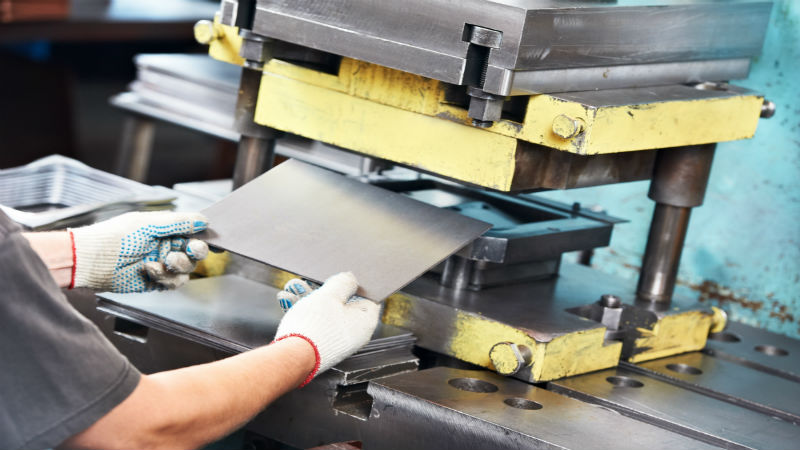While not as commonly used as different types of metal machining, metal broaching is a very reliable and precise way to create specific shapes on the surface of metal parts and components. Like machining, broaching removes small chips from the surface of the metal to create the desired shape, and like machining the process can be used on the exterior as well as the interior surface.
In general, broaching is a process that is best and most effectively done with harder types of metals and alloys. Most companies that offer metal broaching use this method on materials that fall into the range of 10 to 32 Rockwell C hardness, with softer materials not suitable as they do not form chips easily and this limits the effectiveness of the chip removal in the process. Likewise, materials that are too hard do not lend themselves to the necessary removal of the surface of the part.
The Process
In metal broaching, either the workpiece can move, or the broach tool can move. The cutting tool, the broach, is made with a customized set of teeth, which are in specific rows and configurations. This configuration starts with a smaller dimension in the first row of teeth and gets progressively larger until the desired dimension along the tool.
As the workpiece or the tool is moved, the smaller teeth and progressively larger teeth remove a small layer of the surface, pulling the chip down to the end of the workpiece or to the desired shape. Depending on the complexity of the design, the process may be completed in a single pass, or the shape can be created with a single pass.
This is an extremely precise method of cutting shapes into the surface of metal. It is used for creating internal keyways in parts as well as for making complex types of surfaces on both the interior and the exterior of the part.


